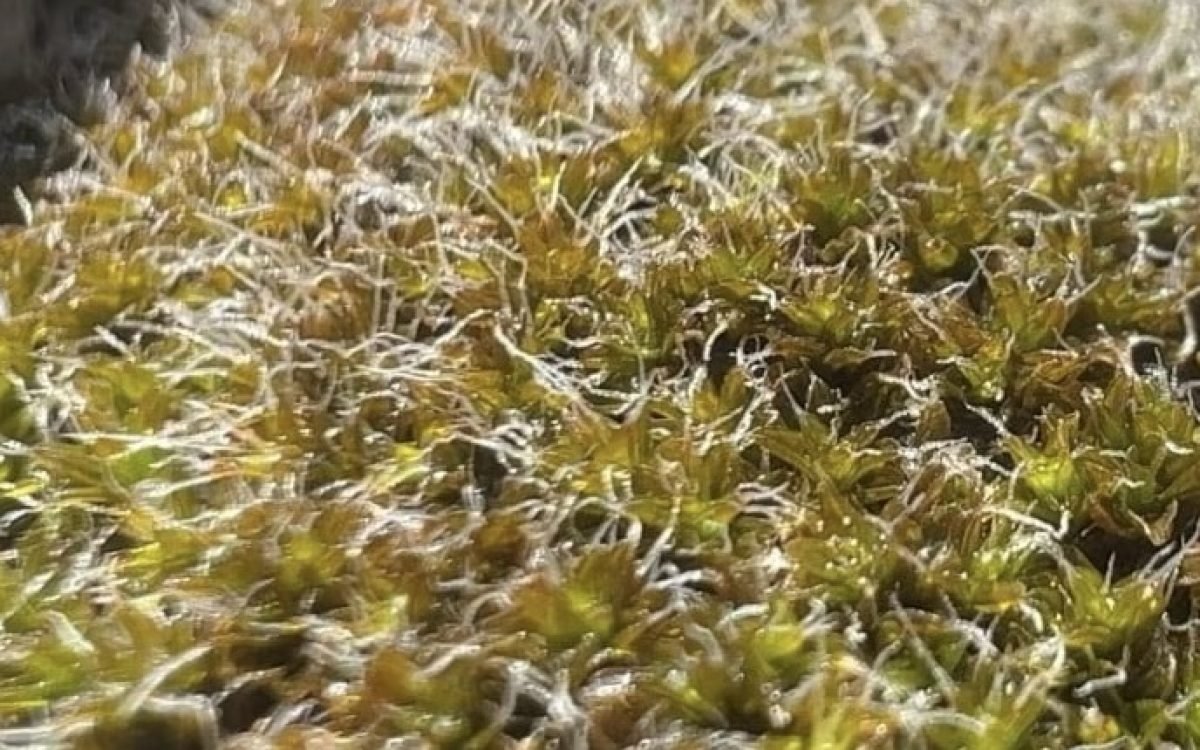A resilient desert moss, Syntrichia caninervis, known for thriving in extreme drought and cold on Earth, might pave the way for human colonization on Mars, according to a new study by researchers from the Chinese Academy of Sciences. This groundbreaking research highlights the moss’s incredible survival abilities and its potential role in terraforming the Red Planet.
Survival in Harsh Environments
Syntrichia caninervis is a remarkable plant found in some of the harshest environments on Earth, such as the Tibetan Plateau, the Mojave Desert, and Antarctica. The moss can enter a form of hibernation, surviving complete dehydration and freezing temperatures as low as -80 degrees Celsius (-112 Fahrenheit). When rehydrated, the moss revives almost instantly, resuming photosynthesis and converting carbon dioxide into oxygen and carbohydrates, which are crucial for human survival.
Potential for Mars Colonization
The study, published in the peer-reviewed journal The Innovation, demonstrates the moss’s potential as a pioneer plant for Mars. The researchers highlighted that while creating self-sufficient habitats on other planets is still a distant goal, Syntrichia caninervis could play a significant role in facilitating the atmospheric, geological, and ecological processes necessary for higher plants and animals to thrive on Mars.
Expert Endorsement
Astrobiologist Lin Wei from the Institute of Geology and Geophysics in Beijing, who was not involved in the study, described the findings as “very interesting and valuable.” Lin noted that the research team had successfully demonstrated the moss’s ability to survive for one week in a simulated Martian environment, underscoring its potential for future space missions.
Decades of Research
The paper’s lead author, Li Xiaoshuang, a cell biologist from the Xinjiang Institute of Ecology and Geography, has dedicated two decades to studying this “magic” plant. She highlighted the moss’s extraordinary resistance to drought and radiation, noting that most plants would perish if they lost 30 percent of their cell water, whereas Syntrichia caninervis survives complete dehydration.
Implications for Terraforming Mars
The ability of Syntrichia caninervis to withstand extreme conditions and quickly resume vital biological functions makes it a promising candidate for terraforming Mars. By introducing such resilient plants, scientists hope to initiate the processes required to transform the Martian environment into one that can support more complex life forms, ultimately aiding human colonization efforts.
This research opens new avenues for using hardy, adaptable plants to pioneer the colonization of other planets. As scientists continue to explore the potential of Syntrichia caninervis and other resilient organisms, the dream of creating habitable environments beyond Earth comes closer to reality.









